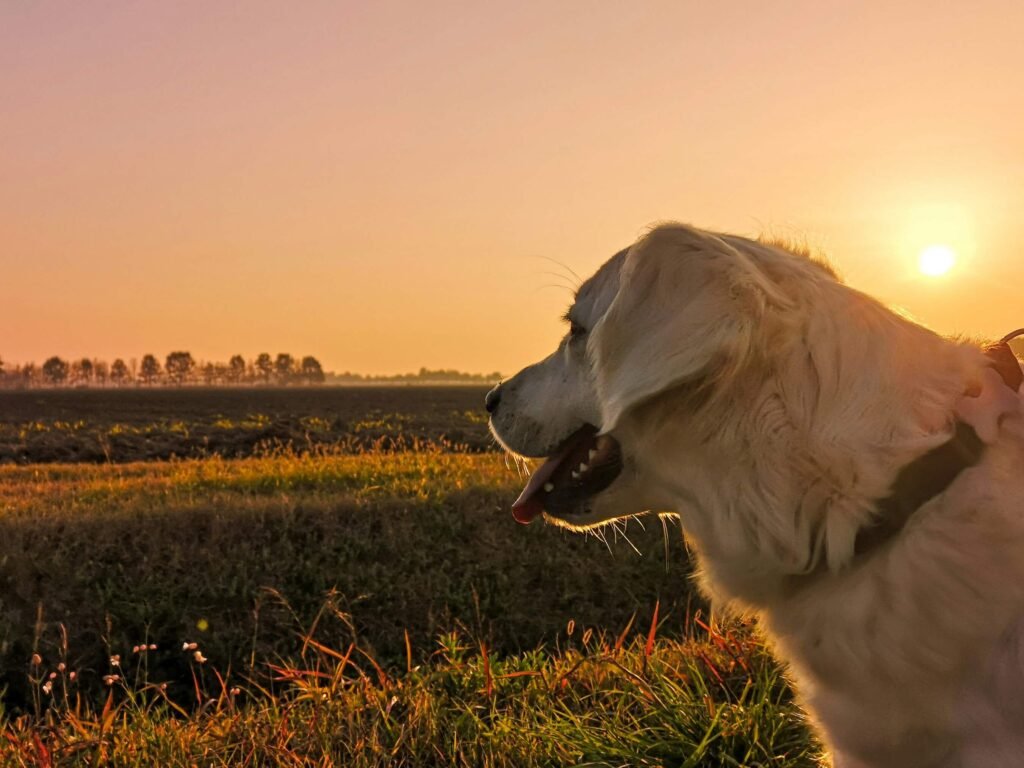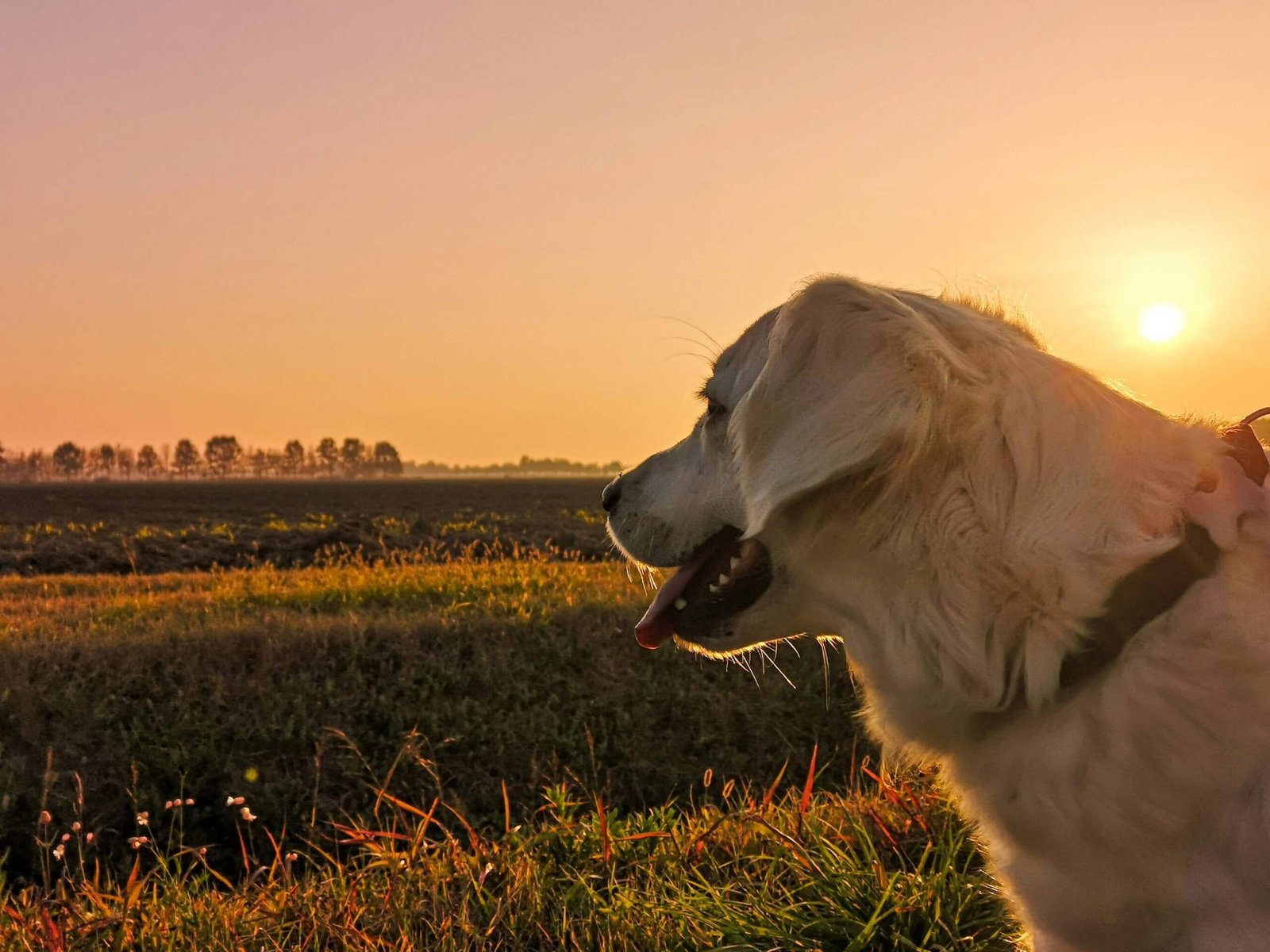Understanding Dog Hind Leg Anatomy and Muscles
The hind legs of a dog are vital to their mobility, strength, and overall well-being. These powerful limbs enable dogs to run, jump, and play, making them essential for an active lifestyle. However, understanding the intricate anatomy and muscles of a dog’s hind legs can be challenging for pet owners and enthusiasts alike. From the major muscle groups to the smaller stabilizing structures, each component plays a unique role in ensuring smooth movement and balance. In this guide, we’ll explore the fascinating world of dog hind leg anatomy, breaking down the key components and their functions to help you better understand your canine companion.
Key Muscle Groups in a Dog’s Hind Legs
The hind legs of a dog consist of several major muscle groups that work together to support movement and stability. Here’s a breakdown of the primary muscles involved:
Gluteal Muscles : Located in the hip area, these muscles provide power for propulsion and forward motion.
Hamstrings : Comprising the biceps femoris, semitendinosus, and semimembranosus, these muscles control flexion of the knee and extension of the hip.
Quadriceps : Situated at the front of the thigh, they are responsible for extending the knee joint during movement.
Gastrocnemius : This calf muscle plays a crucial role in flexing the ankle and supporting the hock joint.
Adductor Muscles : Found in the inner thigh, these muscles help bring the legs together and stabilize the body during movement.
Each of these muscle groups contributes to the dog’s ability to move efficiently and maintain balance, highlighting the complexity of their hind leg anatomy.
Functions of the Hind Leg Muscles
The muscles in a dog’s hind legs serve various functions that are critical to their daily activities. Below is an overview of their primary roles:
Locomotion : The hind legs generate most of the power needed for running, jumping, and climbing.
Balance and Stability : Muscles like the adductors and gluteals help stabilize the body, especially during sharp turns or sudden stops.
Shock Absorption : The gastrocnemius and surrounding tendons absorb impact when landing from jumps or descending stairs.
Joint Flexion and Extension : Muscles such as the hamstrings and quadriceps facilitate smooth bending and straightening of the joints.
Weight Support : The hind legs bear a significant portion of the dog’s weight, particularly during standing or sitting.
Understanding these functions provides insight into how dogs perform everyday tasks and why maintaining strong hind leg muscles is so important.
Check this guide 👉Understanding Female Dog Anatomy: Best 7 Expert Tips!
Check this guide 👉Understanding Dog Mouth Anatomy: Best 7 Expert Tips!
Check this guide 👉Understanding Dog Stomach Anatomy: Best 7 Health Tips!

Muscle Group | Primary Function |
|---|---|
Gluteal Muscles | Provide power for forward motion |
Hamstrings | Control knee flexion and hip extension |
Quadriceps | Extend the knee joint during movement |
Gastrocnemius | Flex the ankle and support the hock joint |
Adductor Muscles | Stabilize the body and bring legs together |
Common Issues Affecting Hind Leg Muscles
Like any part of a dog’s body, the hind leg muscles are susceptible to injuries and conditions that can impact mobility. Here are some common issues to watch out for:
Strains and Sprains : Overexertion or sudden movements can lead to muscle strains, causing pain and reduced function.
Arthritis : Degeneration of the joints can affect surrounding muscles, leading to stiffness and discomfort.
Cruciate Ligament Injuries : Damage to the ligaments in the knee often impacts nearby muscles and limits mobility.
Muscle Atrophy : Lack of exercise or prolonged immobilization can cause muscles to weaken and shrink.
Neuromuscular Disorders : Conditions affecting the nervous system can impair muscle function in the hind legs.
Being aware of these potential issues allows pet owners to take proactive steps to protect their dog’s hind leg health.
Tips for Maintaining Strong Hind Leg Muscles
Keeping your dog’s hind leg muscles healthy is essential for their overall well-being. Here are some practical tips to ensure their muscles stay strong:
Regular Exercise : Incorporate activities like walking, running, and swimming to keep the muscles engaged and toned.
Balanced Diet : Provide a nutrient-rich diet with adequate protein to support muscle repair and growth.
Stretching Routines : Gentle stretching exercises can improve flexibility and reduce the risk of injury.
Weight Management : Prevent obesity by monitoring your dog’s weight, as excess weight puts strain on the hind legs.
Veterinary Check-Ups : Schedule regular vet visits to detect and address any potential issues early.
By following these tips, you can help your dog maintain strong, healthy hind leg muscles throughout their life.
Signs of Hind Leg Muscle Fatigue
Dogs rely heavily on their hind legs for movement, but overuse or aging can lead to muscle fatigue. Recognizing the signs early can help prevent long-term issues. Here’s what to look for:
Limping : A noticeable change in gait may indicate muscle strain or weakness.
Reluctance to Move : Dogs may avoid activities they once enjoyed, such as running or jumping.
Stiffness After Rest : Difficulty getting up after lying down is a common sign of muscle fatigue.
Swelling or Warmth : Inflammation in the hind leg muscles can signal overexertion or injury.
Behavioral Changes : Increased irritability or lethargy may accompany physical discomfort.
Identifying these signs early allows you to take corrective action and ensure your dog’s hind legs remain strong and healthy.
Exercises to Strengthen Hind Leg Muscles
Incorporating targeted exercises into your dog’s routine can help build and maintain strong hind leg muscles. Here are some effective options:
Walking Uphill : Gradual inclines engage the glutes and hamstrings, improving overall strength.
Sit-to-Stand Repetitions : Encourage your dog to sit and stand repeatedly to work the quadriceps.
Weaving Poles : Agility exercises like weaving poles enhance balance and coordination.
Tug-of-War : This playful activity engages the hind legs and core muscles simultaneously.
Swimming : Low-impact water exercise strengthens muscles without putting stress on the joints.
By incorporating these exercises, you can help your dog maintain robust hind leg muscles and improve their overall mobility.
Preventive Measures for Hind Leg Injuries
Preventing injuries is always better than treating them. Here are some proactive steps to safeguard your dog’s hind leg muscles:
Warm-Up Before Exercise : A gentle walk or light play session prepares the muscles for more intense activity.
Avoid Overexertion : Limit high-impact activities like jumping from heights, especially in growing puppies.
Provide Orthopedic Support : Consider supportive bedding or ramps to reduce strain on the hind legs.
Monitor Surfaces : Avoid slippery floors, which can cause slips and strains during movement.
Regular Check-Ups : Routine vet visits help identify potential issues before they become serious problems.
Taking these preventive measures ensures your dog’s hind legs remain resilient and ready for everyday challenges.
Frequently Asked Questions About Dog Hind Leg Anatomy
What causes hind leg weakness in dogs?
Hind leg weakness can result from injuries, arthritis, or neurological conditions affecting the muscles and nerves.
How can I tell if my dog has a muscle injury?
Signs include limping, reluctance to move, swelling, or visible discomfort when touched.
Are certain breeds more prone to hind leg issues?
Yes, large breeds like German Shepherds and Labrador Retrievers are more susceptible to conditions like hip dysplasia.
Can massage help with muscle recovery?
Yes, gentle massage can improve blood flow and aid in healing strained muscles.
Is surgery necessary for torn ligaments?
It depends on the severity; minor tears may heal with rest, while severe cases often require surgical intervention.
Supporting Your Dog’s Mobility Through Knowledge
Understanding the anatomy and function of your dog’s hind leg muscles is key to ensuring their long-term health and happiness. By recognizing the signs of potential issues, taking preventive measures, and providing proper care, you can help your furry friend stay active and pain-free. Whether you’re a new dog owner or a seasoned enthusiast, this guide equips you with the knowledge to support your dog’s mobility and enhance their quality of life.
Canned Pumpkin for Cat Diarrhea: Best 7 Expert Tips! Natural remedy to firm stools, soothe upset bellies, and support gut health safely.
Can a Cat Give You Scabies? Best 7 Expert Tips! Discover the truth about feline mites, human skin risks, and how to protect yourself—without panic.
Cat Flea vs Human Flea: Best 7 Expert Tips! Discover the truth about bites, species, and how to eliminate infestations for good.
Weird Cat Behaviors: Best 7 Expert Tips! Discover why cats do strange things—and how to understand, not punish, their instincts for a happier home.





